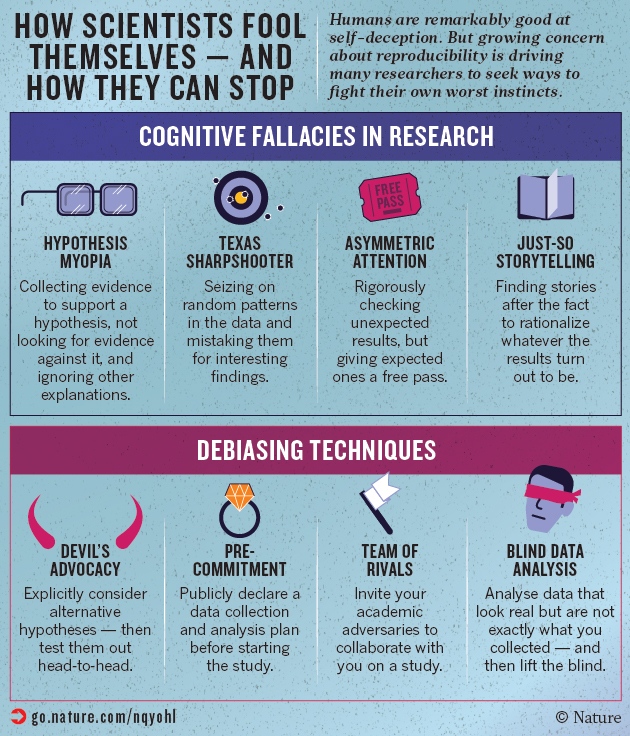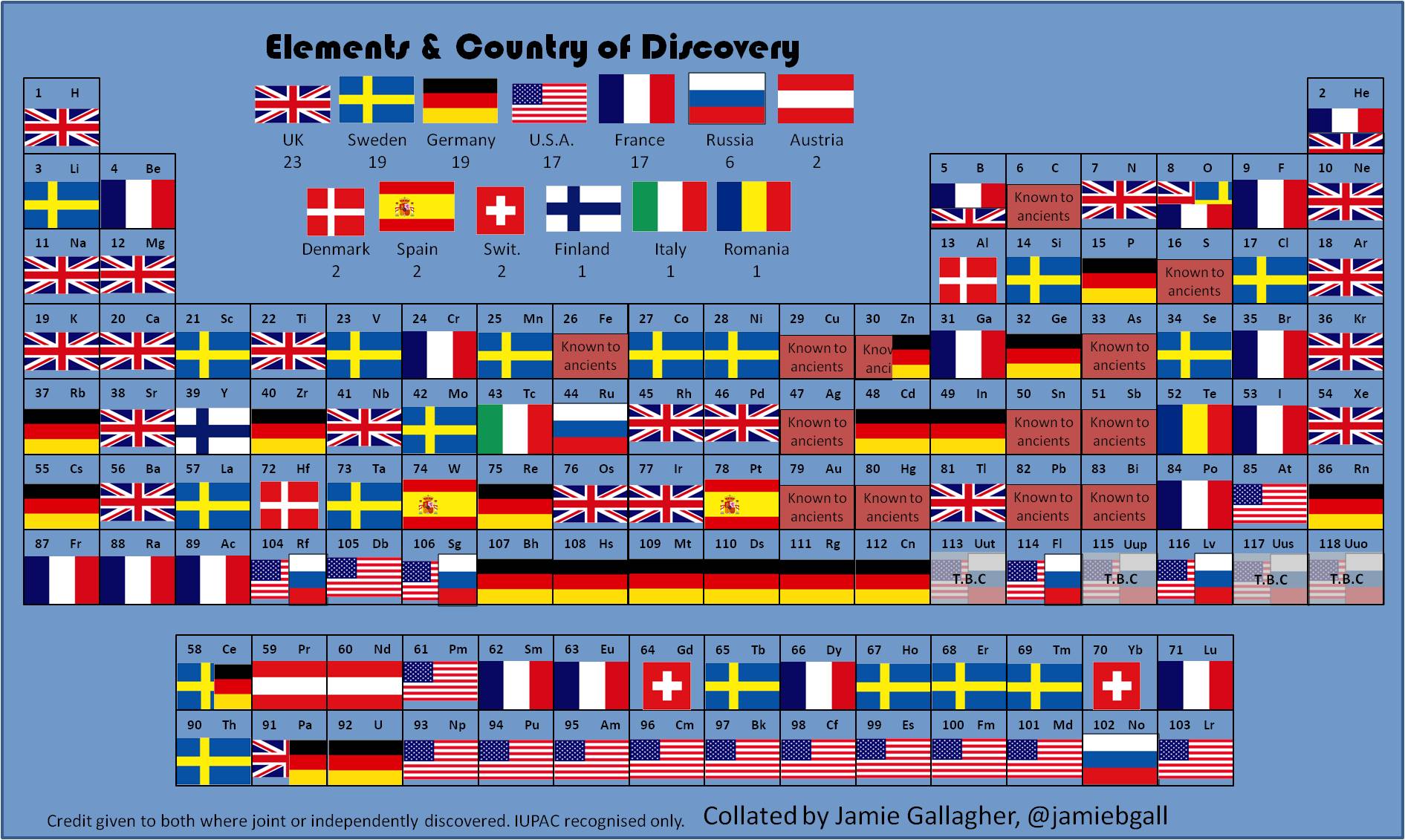Nature magazine’s top 100 papers cited by others, presents a fascinating insight into the scientific process and how research papers build on each other to validate their arguments.
Citations, in which one paper refers to earlier works, are the standard means by which authors acknowledge the source of their methods, ideas and findings, and are often used as a rough measure of a paper’s importance…The search covered all of Thomson Reuter’s Web of Science, an online version of the SCI that also includes databases covering the social sciences, arts and humanities, conference proceedings and some books. It lists papers published from 1900 to the present day.
The exercise revealed some surprises, not least that it takes a staggering 12,119 citations to rank in the top 100 — and that many of the world’s most famous papers do not make the cut. A few that do, such as the first observation1 of carbon nanotubes (number 36) are indeed classic discoveries. But the vast majority describe experimental methods or software that have become essential in their fields.
The most cited work in history, for example, is a 1951 paper2 describing an assay to determine the amount of protein in a solution. It has now gathered more than 305,000 citations — a recognition that always puzzled its lead author, the late US biochemist Oliver Lowry. “Although I really know it is not a great paper … I secretly get a kick out of the response,” he wrote in 1977.

(h/t boingboing)






 Infographics
Infographics